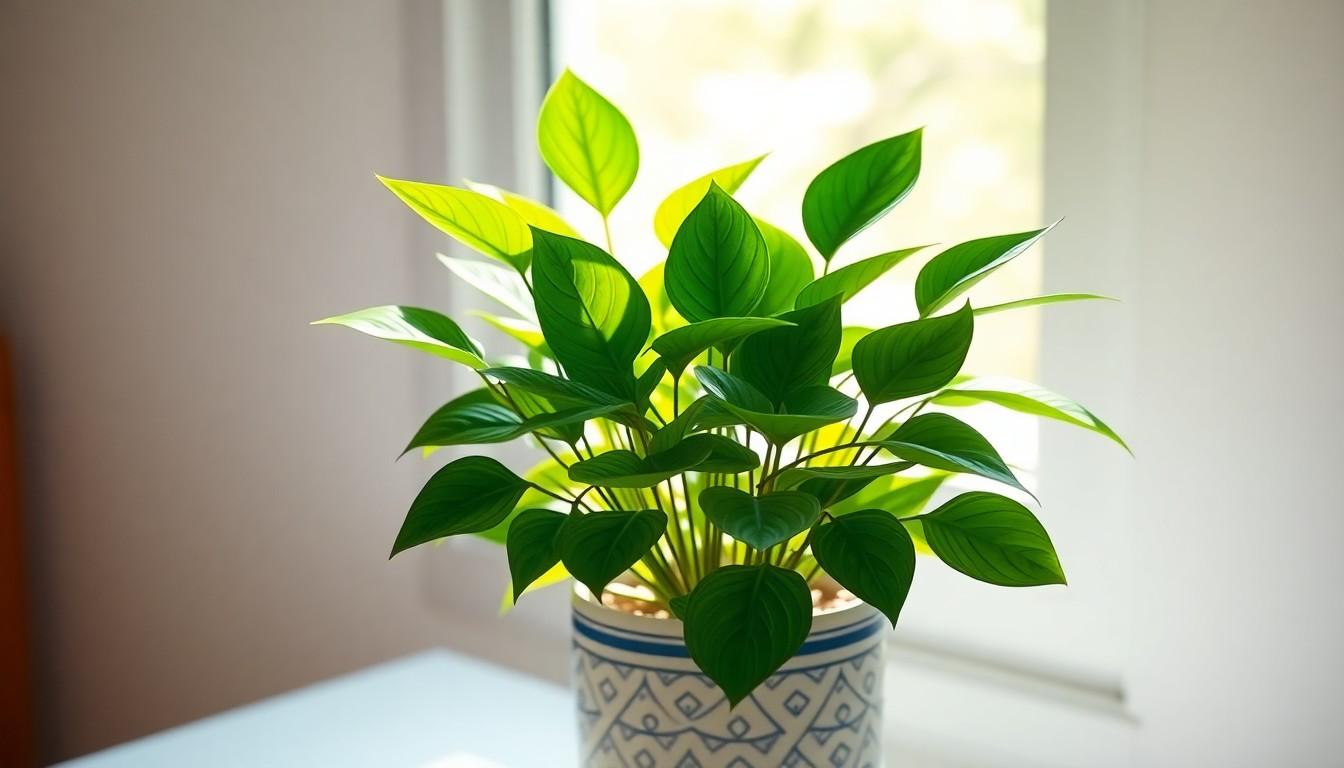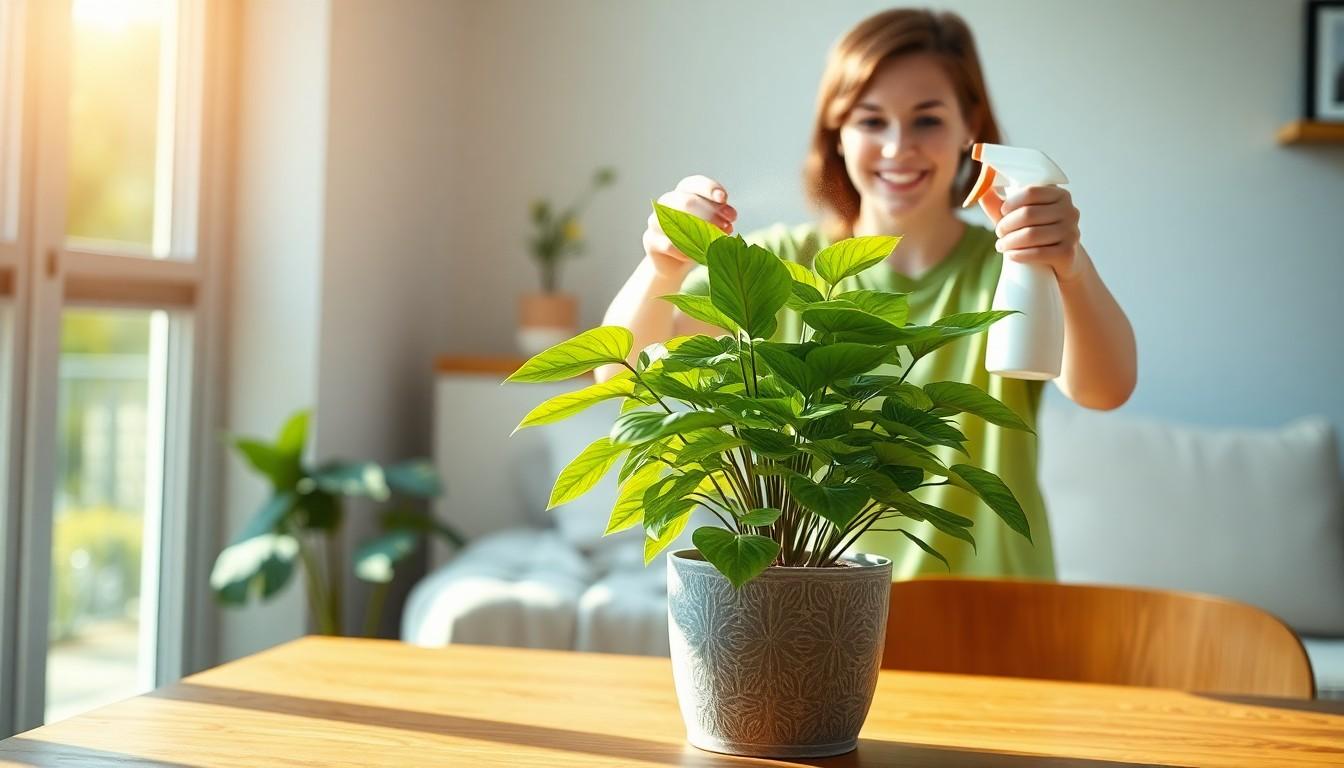If there’s one plant that can survive the chaos of everyday life, it’s the paper plant. Known for its striking leaves and low-maintenance needs, this green gem can thrive even in the hands of the most forgetful plant parent. Who wouldn’t want a plant that doesn’t require a PhD in botany to keep it alive?
Paper Plant Care
Paper plants thrive with minimal attention and are well-suited for beginners. Proper placement in bright, indirect sunlight boosts their growth. Watering should occur when the top inch of soil feels dry to the touch, preventing overwatering, which leads to root rot.
Fertilize paper plants once every month during the growing season using a balanced, diluted fertilizer. This nurtures the plant and supports healthy foliage. Pruning isn’t necessary, but trimming off any dead or yellowing leaves enhances its appearance.
Temperature impacts paper plants significantly; they prefer temperatures between 60°F to 75°F (15°C to 24°C). Inconsistent temperatures can stress the plant, so avoid placing it near drafts or heat sources. Humidity levels also contribute to their health; moderate humidity works best, and misting the leaves occasionally can improve their vitality.
Repotting may become necessary every couple of years once the plant outgrows its container. Choose a pot that offers adequate drainage to facilitate growth. These plants are generally resistant to pests but should be monitored for signs of infestation, such as spider mites or mealybugs.
Understanding these basic care tips ensures the longevity and vibrancy of paper plants. With the right conditions, these resilient plants reward owners with lush foliage and a refreshing indoor environment.
Essential Care Tips
Caring for a paper plant involves specific techniques to ensure its health and vibrancy. Focusing on watering, soil, and light conditions plays a significant role in its growth.
Watering Techniques
Watering a paper plant requires attention to the soil’s moisture level. It’s essential to check the top inch of soil; if it feels dry, it’s time to water. Overwatering can cause root rot, so using a pot with drainage holes allows excess water to escape. Water until it drains from the bottom, and avoid letting the plant sit in water. During winter months, reduce watering frequency, as the plant’s growth slows.
Soil Requirements
A well-draining soil mix is crucial for a healthy paper plant. A combination of potting soil, perlite, and orchid bark promotes good drainage. Soil needs to retain some moisture while preventing waterlogging. Choosing a pot with drainage holes helps avoid root rot by ensuring excess water can escape. Replacing soil every couple of years replenishes nutrients as the plant grows.
Light Conditions
Paper plants thrive in bright, indirect sunlight. Positioning them near a window with filtered light optimizes growth without causing leaf burn. Avoid direct sunlight, as harsh rays can damage the foliage. If natural light is limited, consider using a grow light to supplement. A balance of light encourages lush, green leaves while maintaining the plant’s overall health.
Common Issues and Solutions
Paper plants may face a few common challenges, yet solutions are often straightforward.
Pest Management
Despite their resilience, paper plants can attract pests like spider mites and mealybugs. Regularly inspect all leaves for any signs of infestation. Isolation of affected plants can prevent the spread of pests. Using insecticidal soap or neem oil is effective in eliminating these unwanted guests. These solutions not only maintain plant health but also ensure they continue to thrive indoors.
Leaf Care
Leaves can develop yellowing or browning tips, which signals underlying issues. Overwatering or inconsistent humidity often leads to this problem. Ensuring proper drainage and a consistent watering schedule helps promote vibrant leaves. Routine cleaning of leaves with a damp cloth supports photosynthesis and enhances their appearance. Maintaining humidity levels can also rejuvenate the foliage, ensuring that the plant remains lush and healthy.
Propagation Methods
Propagation of the paper plant can occur through several effective methods. Stem cuttings represent a popular choice. Taking a healthy cutting, around four to six inches long, allows for easier propagation. After cutting, remove the lower leaves to prevent rot. Placing the cutting in a glass of water enables root development within a few weeks.
Another effective method involves soil propagation. Using the same four to six-inch cutting, dip the base in rooting hormone. Next, plant it directly into a well-draining soil mix. Maintaining moisture in the soil is vital for root establishment.
Division serves as another propagation option. Mature plants with multiple stems are ideal candidates for this method. Carefully removing the plant from its pot allows for separation of the root ball. Each division must contain healthy roots and stems for successful replanting.
Air layering also functions as a unique propagation technique. Selecting a healthy stem and making a small incision encourages root growth while still attached to the parent plant. Wrapping the incision with moist sphagnum moss helps retain moisture and stimulates root formation. Once roots develop, cutting below the newly formed roots enables transfer to a separate pot.
Lastly, propagation through seeds is possible. Collecting seeds from mature paper plants provides another way to cultivate new plants. Planting seeds in a seed-starting mix ensures appropriate growth conditions. Careful attention to moisture and warmth promotes successful germination.
Each method presents distinct advantages, offering various ways for enthusiasts to expand their paper plant collection. Effective propagation leads to thriving plants and enhances indoor greenery.
Light conditions
Caring for a paper plant can be a rewarding experience. With its low maintenance needs and striking appearance it’s an excellent choice for both novice and seasoned plant enthusiasts. By providing the right light conditions and a consistent watering routine the plant can thrive and enhance any indoor space.
Regular monitoring for pests and maintaining humidity levels will contribute to its overall health. For those looking to expand their collection propagation methods offer exciting possibilities. Embracing these care techniques ensures that the paper plant remains a vibrant and lush addition to any home.

